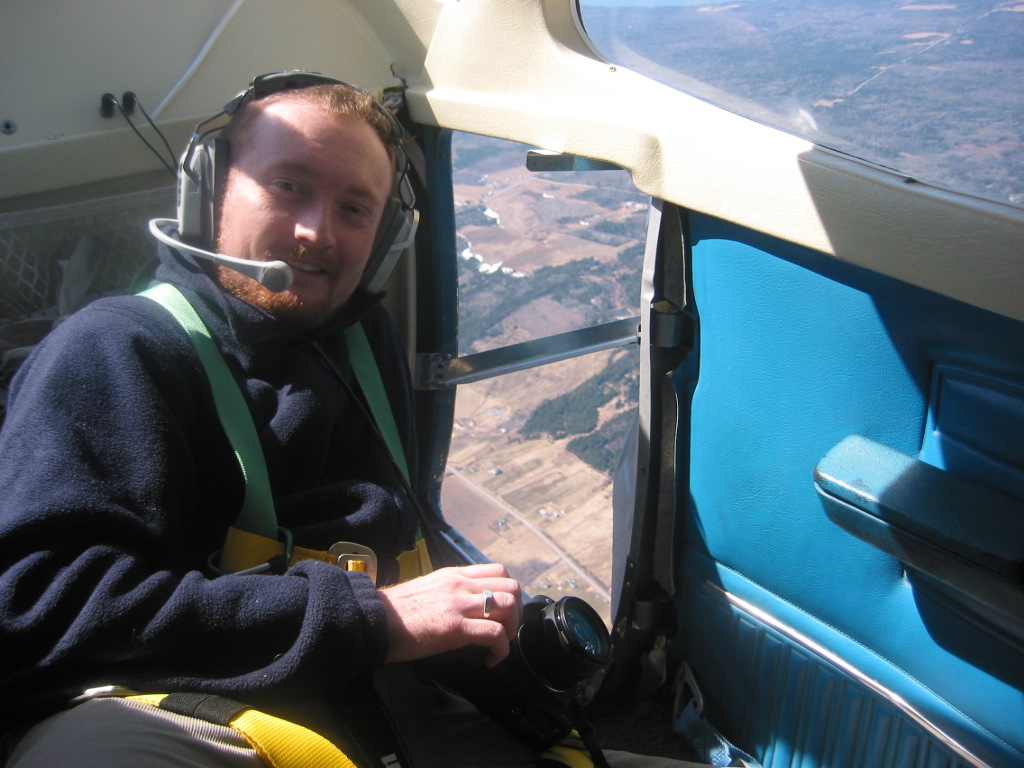At the end of last year, I came across what I think is an excellent synopsis of what NRCan and the Canadian Federal Government are focused on in terms of geomatics. All of it is located in a great report called the Country Report of Canada. It is a publicly available document on the United Nations (UN) servers that you can download and read. In August of last year, NRCan gave the report to the UN in New York. The version, included in the link above, is marked as the advanced and unedited version of this report.
I think this report should be read by anyone and everyone who is interested in what NRCan has on its plate in regards to geomatics. Students especially should read this report because it provides a great introduction to NRCan and it’s divisions, including some of their priorities.
Let me elaborate on the elements I found interesting; In July of 2013, some major changes took place at NRCan. The Mapping Information Branch and the Canada Centre for Remote Sensing were combined into what is now called the Canada Centre for Mapping and Earth Observation (CCMEO). The CCMEO is comprised of four parts:
- The Canada Centre for Remote Sensing Innovation;
- The Canada Centre for Geospatial Data Management;
- The Canada Digital Map and Collections Access Division; and
- The GeoConnections Division.
This is a historic change in the way geomatics is being supported and managed in Canada on a federal level. The report also talks about the Surveyor General Branch and what role it plays as well as the Geodetic survey Division. The descriptions are brief, to the point, and written at a level even a new student can understand.
The second element I found interesting is that the report describes the cooperative approach between the different levels of government across Canada, and how this interplay works. By following one of the links below, you can learn about these four committees which form the heart of the governance structure and organization of geomatics in Canada:
Federal Committee on Geomatics and Earth Observation (FCGEO);
Canadian Council on Geomatics (CCOG);
Geographical Names Board of Canada (GNBC); and
Canadian Geomatics Community Round Table (CGCRT).
Thirdly, the report gives short and clear descriptions of the current geomatics projects NRCan has and will be working on, as well as their priorities. It provides insight about the Open Government Initiative and the Canadian Geospatial data Infrastructure, the Pan-Canadian Geomatics Strategy for 2020, and the renewed system for national digital elevation data in Canada.
The article I’ve written only scratches the surface of this report. I encourage you to dive into the report and enjoy all of the information firsthand. It’s a pleasure finding documents like these, as they give us all a better understanding of NRCan, it’s priorities, and future plans.





Be the first to comment